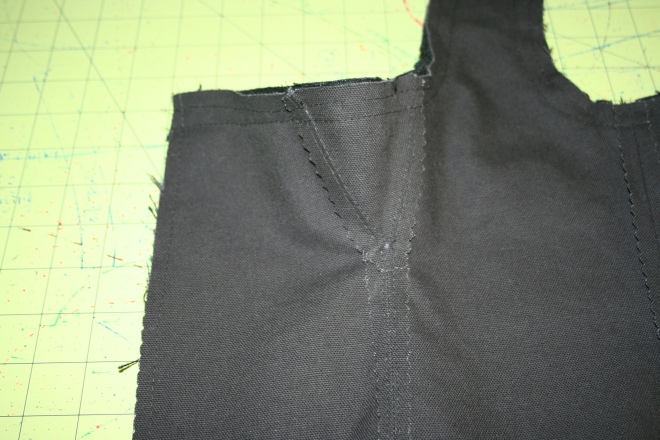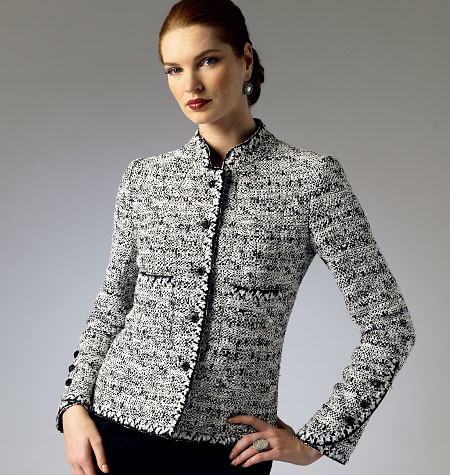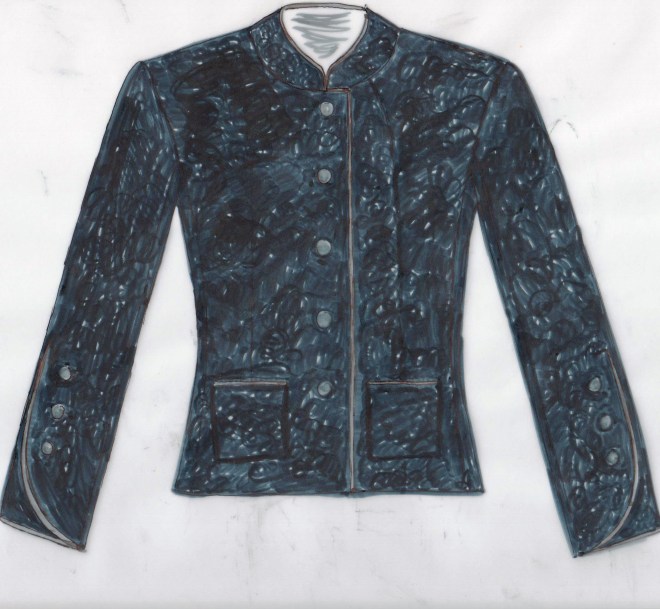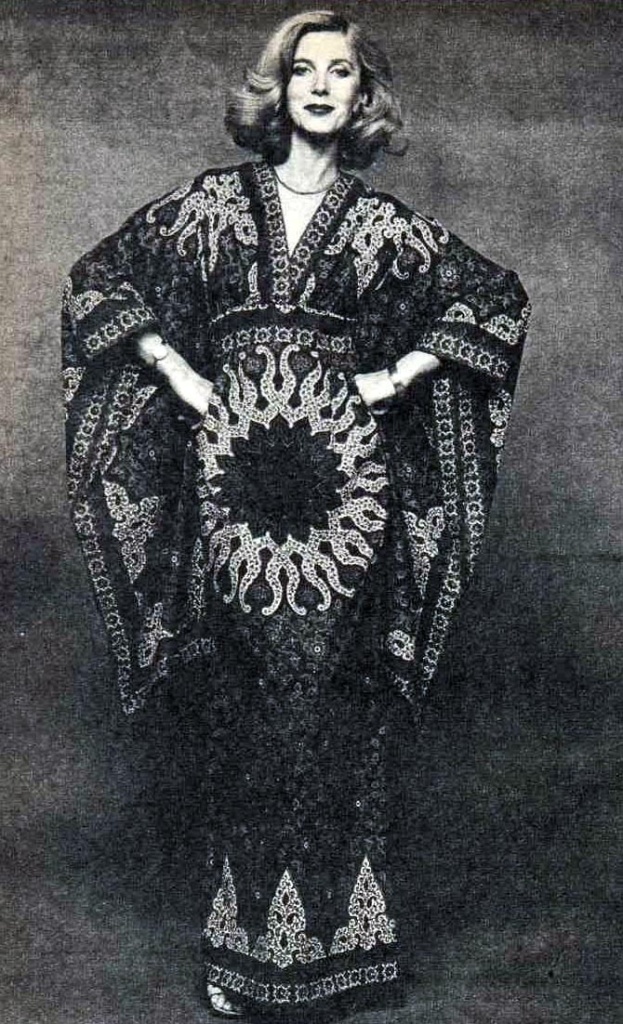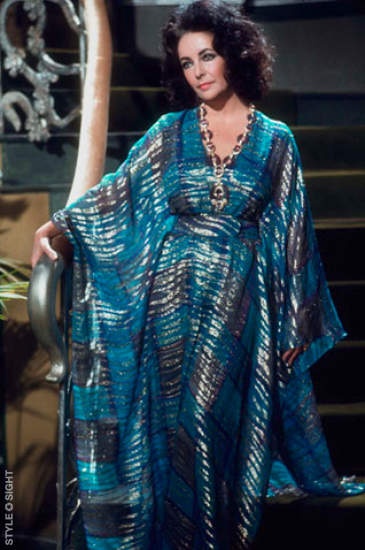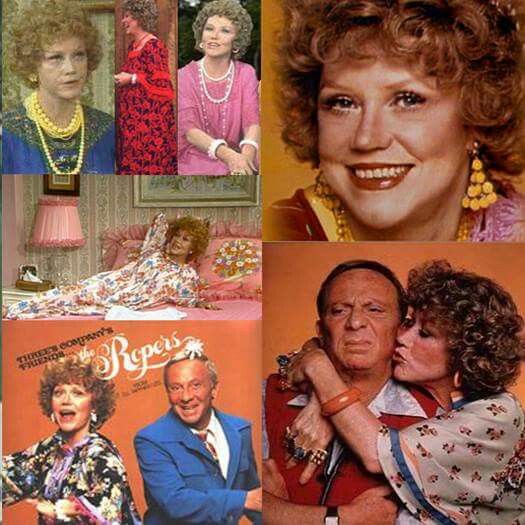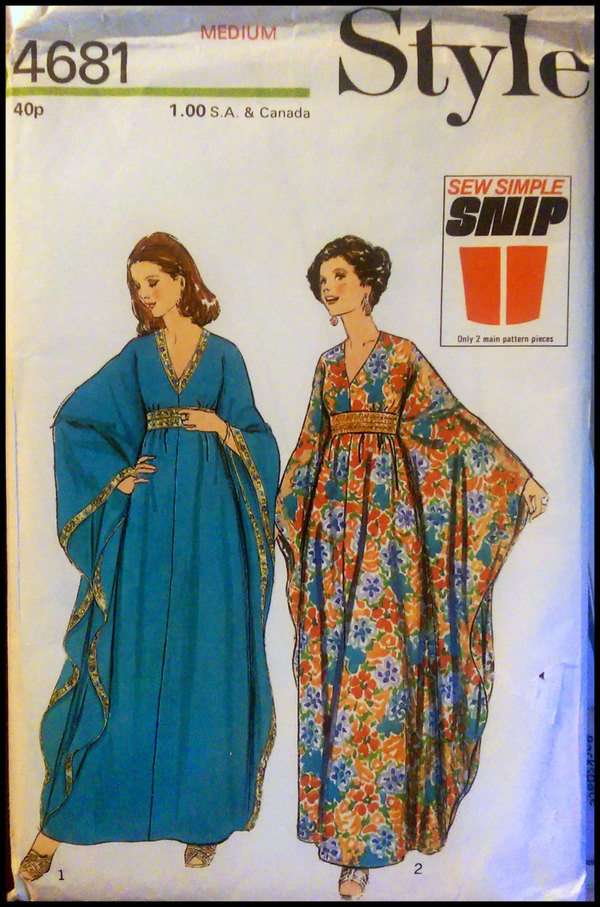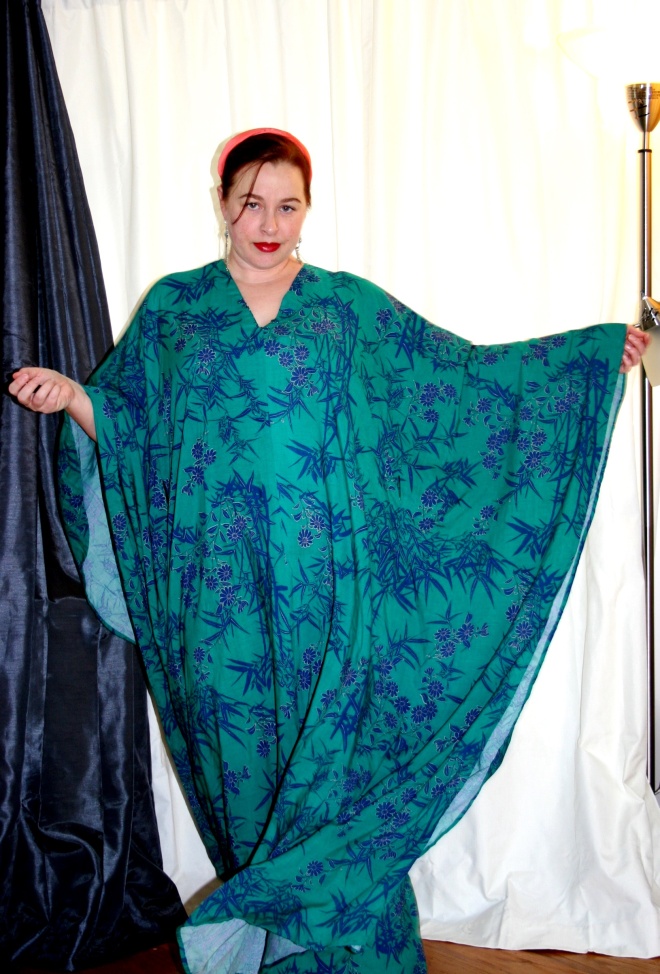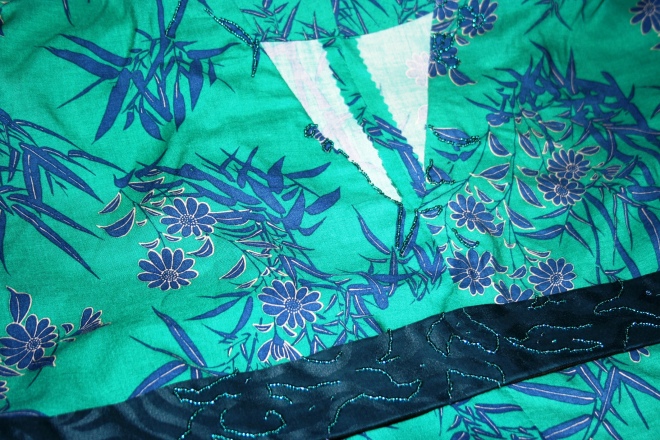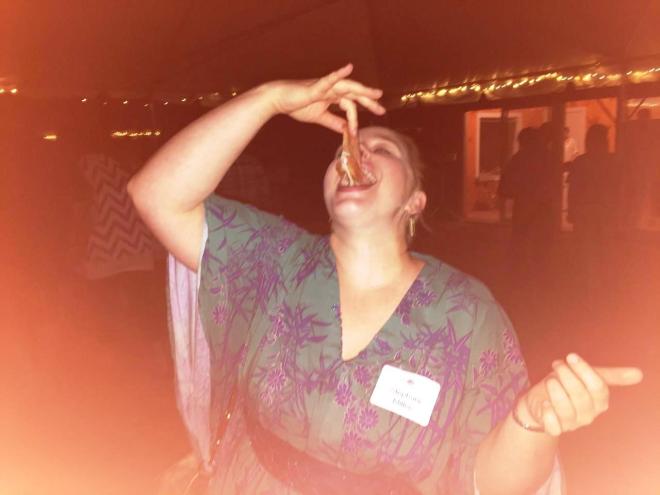Even though I’m supposed to be working on this insane Chanel-style jacket project, I decided I just have to have a basic dirndl and some blouses (or at least 1) to go with it. This Fall. And preferably in time for Halloween, because it’ll be perfect for my costume (Edna Mode, the diminutive fashion designer from The Incredibles).
So before September ended, I cut apart the Burda dirndl pattern, measured and compared, figured it seemed pretty good as-is aside from my usual torso shortening between bust and waist, and cut out a mock-up from medium-weight linen from my stash. Wow. So not good as-is.
The bust gussets that provide shape to the bust area sat close to my waistline instead of cupping my bust as they should. They were SO LOW! And it had nothing to do with my shortening the waist length.
Turns out the pattern is drafted for someone not only taller than me, but with a bust set much lower than mine. Granted, mine begins practically below my chin, but I didn’t anticipate having to raise the dirndl neckline by 1 3/4 inches! Which is what I did.
Minus the 5/8″ seam allowance, this change made the finished neckline sit slightly above my bust point. It looked great. These photos show how I did it:

Raising the dirndl’s neckline (side bodice). The gusset points (where the bodice seam intersects the gusset’s lowest point) also had to be raised.
After the 2nd muslin I also added about 1/4 inch at the waist on the side front/center front seam (the one that runs into the bust gusset) for a tad more breathing room through the belly. I want it to fit close, but not squeeze anywhere. Here’s what the new pattern pieces look like compared to the original, unaltered pieces.

Both side front and center front bodice panels had to have their necklines raised about 1 3/4 inches.
The gusset insertion method Burda gives is odd and it makes for a messy seam intersection at the bust gusset point (where the gusset’s two seams intersect with the side-front/center-front panel seam). The pattern has you sew one edge of the gusset to the side front section, then sew the other side of the gusset and the side front/center front seam in one step. Unfortunately, this catches the gusset’s previously sewn seam allowance in the new one at the gusset point, and it creates a clusterf^%#.
What I did instead was to sew the SF/CF bodice seam first, up to the gusset point, backstitching there to reinforce the point. Then I attached the gusset to the center-front panel and the side-front panel, trimming and pressing the seams as necessary to make the intersection lay as flat as possible. It’s helpful to reduce the stitch length near the intersection point for greater precision so you don’t over-step the point and muck it all up. This is somewhat similar to how I’ve inserted gussets into 19th century stays and it works much better. It looks SO much better. Make a note of it!
This is a MUCH cleaner gusset installation than that created by the pattern’s insertion method. BTW, this is the interior view of my black linen dirndl; the fabric you’re seeing is a cotton duck interlining.
Next up: some more in-progress photos of the dirndl (particularly my screw-up with the shoulder seams because I added piping and didn’t think it through); and finally, the finished dirndl!



